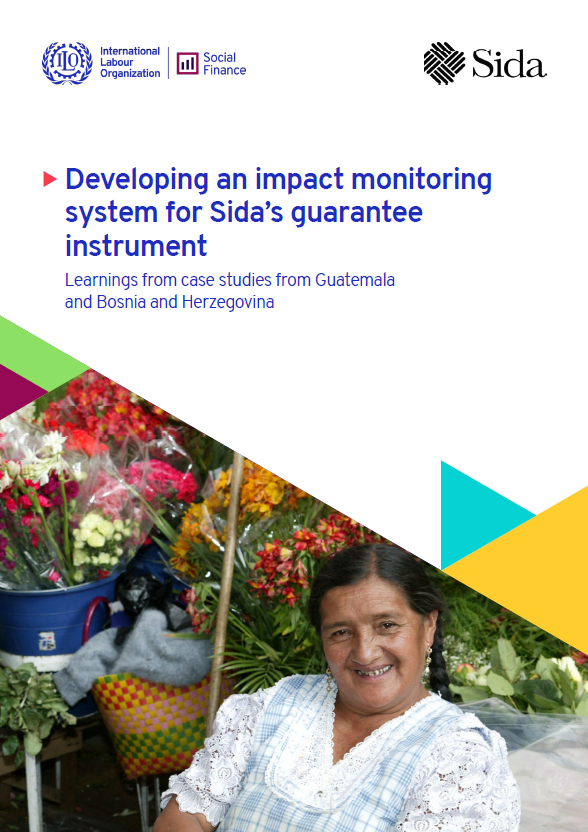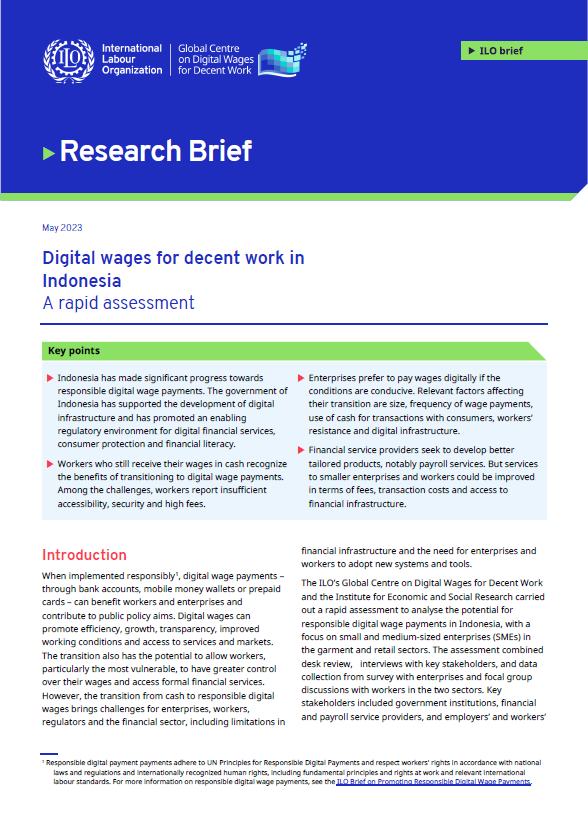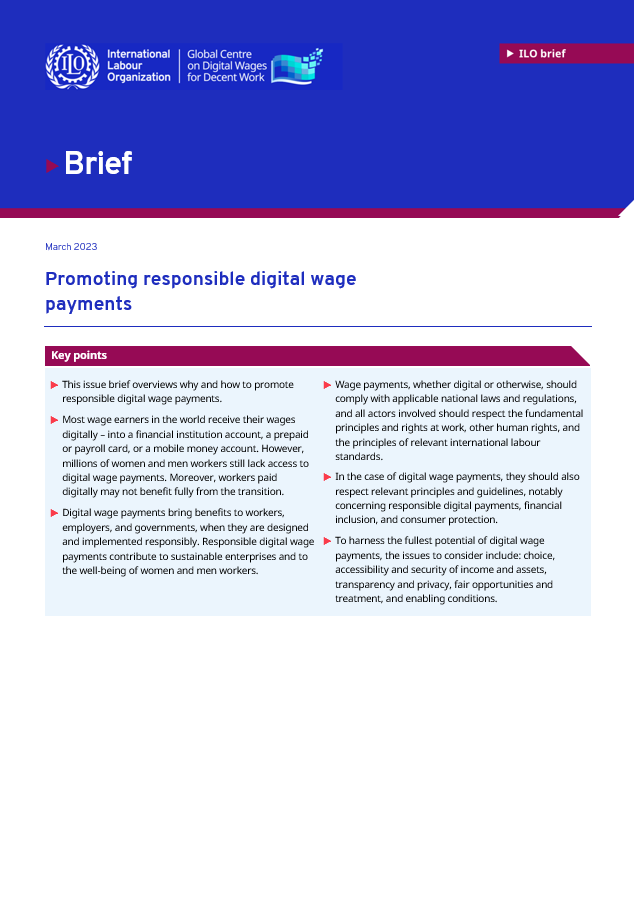Financial services and professional services sector
The institutions, services and products that comprise the financial services sector vary from country to country, but generally include the central bank; depository organizations such as banks, building societies or mortgage banks and companies; credit unions or credit cooperatives; insurance and pension funds; general financiers; cash management firms; and other engaged in financial intermediation or asset management. Financial intermediaries may themselves include securitizers, investment firms, leasing companies, hire purchase and the provision of personal and consumer credit. In some cases, a broader perspective of the financial services sector needs to incorporate not only the financial industry but also the business services that support its operation.
The wider financial services sector in any country has three overlapping components – financial enterprises (such as banks) and regulatory authorities; the financial markets (for instance, the bond, equities and currency markets) and their participants (issuers and investors); and the payment system – cash, cheque and electronic means for payments – and its participants (e.g. banks). The interaction of these parts enables funds for investment or consumption to be made available from savings in other parts of the national or, increasingly international economy. Financial institutions mainly engage in intermediation and provision of financial services – foe example, by taking deposits, borrowing and lending, supplying all types of insurance cover, leasing and investing in financial assets. Banks in most countries are the largest deposit-takers and financial services providers, but the market shares and power of other organizations like insurance companies or post office savings institutions is increasing. The last decade also saw the spectacular rise of a financial infrastructure, entities and practices collectively referred to as a shadow banking system, comprising among others such businesses as hedge funds, private equity funds, money market funds and special investment vehicles. Many observers believe this shadow banking system, operating outside any national supervisory framework but closely interwoven with the regulated financial system, may have contributed significantly to the onset of the global financial and economic crisis that erupted in the last part of 2008.
The professional services sub-sector comprises individuals, partnerships, firms or corporations of contractors or consultants who provide such services as accountancy; public relations; translation and interpretation; system analysis and design; real estate agencies, etc.
Recent ILO work covering financial services and professional services has focussed on the employment effects of mergers and acquisitions in banking and financial services as well as the impact of the financial crisis on finance sector workers.
The wider financial services sector in any country has three overlapping components – financial enterprises (such as banks) and regulatory authorities; the financial markets (for instance, the bond, equities and currency markets) and their participants (issuers and investors); and the payment system – cash, cheque and electronic means for payments – and its participants (e.g. banks). The interaction of these parts enables funds for investment or consumption to be made available from savings in other parts of the national or, increasingly international economy. Financial institutions mainly engage in intermediation and provision of financial services – foe example, by taking deposits, borrowing and lending, supplying all types of insurance cover, leasing and investing in financial assets. Banks in most countries are the largest deposit-takers and financial services providers, but the market shares and power of other organizations like insurance companies or post office savings institutions is increasing. The last decade also saw the spectacular rise of a financial infrastructure, entities and practices collectively referred to as a shadow banking system, comprising among others such businesses as hedge funds, private equity funds, money market funds and special investment vehicles. Many observers believe this shadow banking system, operating outside any national supervisory framework but closely interwoven with the regulated financial system, may have contributed significantly to the onset of the global financial and economic crisis that erupted in the last part of 2008.
The professional services sub-sector comprises individuals, partnerships, firms or corporations of contractors or consultants who provide such services as accountancy; public relations; translation and interpretation; system analysis and design; real estate agencies, etc.
Recent ILO work covering financial services and professional services has focussed on the employment effects of mergers and acquisitions in banking and financial services as well as the impact of the financial crisis on finance sector workers.





